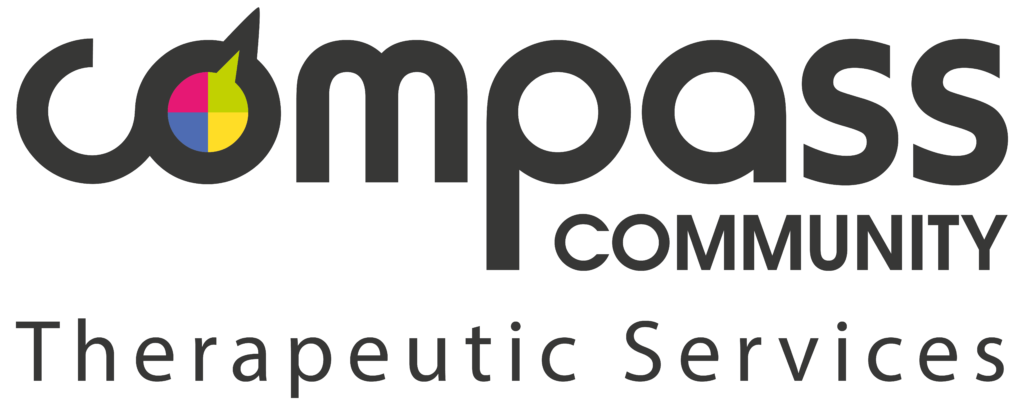Therapeutic Thinking
 The Watermelon Technique for trauma recovery, as described, uses the structure of a watermelon as a metaphor to represent the layers of how we share and process our trauma.
The Watermelon Technique for trauma recovery, as described, uses the structure of a watermelon as a metaphor to represent the layers of how we share and process our trauma.
Each part of the watermelon symbolizes a level of disclosure and emotional vulnerability, helping individuals conceptualize their comfort zones and boundaries in sharing their stories.
What is the watermelon Technique?
1. The Outer Skin: Public Persona
What it Represents: The hard, outer layer of the watermelon symbolizes the part of you share with the wider world.•It is the least vulnerable aspect of your experience.•This could include general details about your trauma or the ways you’ve overcome adversity that feel safe to disclose.•It reflects how we present ourselves outwardly—strong and resilient—while keeping deeper pain concealed.
•Purpose: This layer helps protect you from feeling overexposed or vulnerable in social situations. It also maintains boundaries between your inner world and the public.
2. The Middle Layer: Trusted Relationships
•What it Represents: The juicy, sweet interior of the watermelon reflects the deeper emotions and struggles you share with your trusted people.•This layer is more tender and exposed than the skin but still protected.•It includes the emotions, struggles, and impacts of trauma that you feel safe. •Examples might include sharing how the trauma affected your mental health, relationships, or sense of self.
•Purpose: This layer emphasizes selective vulnerability—choosing when and with whom to share deeper parts of one’s experience. It fosters connection and support in safe relationships.
3. The Seeds: Vulnerability in Safe Spaces
•What it Represents: The seeds represent the most vulnerable and sensitive aspects of your trauma. These are the details you may feel comfortable sharing only in a safe and supportive environment, such as therapy.•These are the core experiences, thoughts, and feelings that are deeply personal and may evoke intense emotions.•Examples include specific details of the trauma, feelings of shame, guilt, or grief, and how it shaped your identity.•These seeds are crucial for growth and healing but require the right conditions to be processed safely.
•Purpose: This layer underscores the importance of a therapeutic relationship in holding space for your deepest pain. How It Helps in Trauma Recovery: It enables them to: 1. Protect themselves from overexposure or re-traumatization. 2. Recognize safe spaces and relationships for deeper sharing. 3. Build self-awareness about their trauma and how they share it with others.
We have a fully trained team of professionals that deliver therapeutic services across our Education provisions.
Complex trauma requires a range of therapies to address the various stages that the child is functioning within. Trauma also impacts the portion of the brain responsible for survival, a person who suffers from complex trauma either becomes numb (hypo-aroused) to the trauma, or they hyper-react to the slightest hint of danger.
All achieved through on-going holistic approach and communication.
Within our School setting, therapy will take place during the school day, within the school. Our therapists will liaise closely with staff in the school, making links with carers/family members where relevant. If appropriate, parents/ foster carers may be invited into some of the therapy sessions. Our Therapeutic Coordinators will also be enhancing the emotional support one day a week.
Watermelon Schools provide full support with education including therapeutic services for our young people, and staff.






